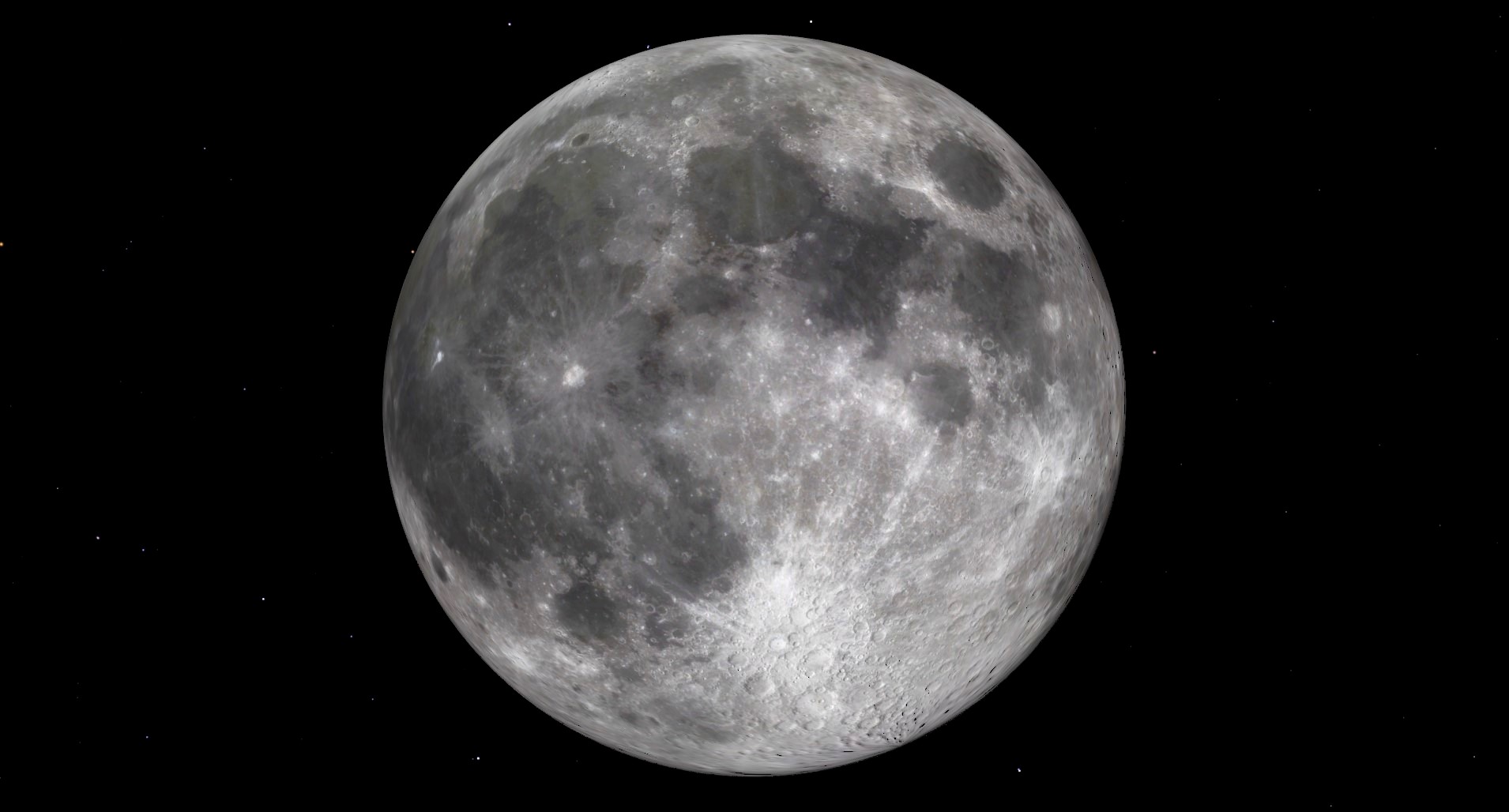The 1st full moon of 2024 rises tonight with January's Full Wolf Moon
The moon will be visible for the whole of tonight, appearing in the east just as the sun sets in the west.

It's a great night to get out and howl at the moon.
January's Full Wolf Moon rises on Thursday (Jan. 25), marking the first full moon of 2024. The moon will appear between the claws of the Cancer constellation, otherwise known as "the Crab."
The moon will be visible for the whole of tonight, appearing in the east just as the sun sets in the west. That's because during full moons, the sun and the moon are directly opposite one another, separated by 180 degrees across the ecliptic, the imaginary path the sun makes as it travels across the sky. In the middle of this separation lies Earth.
While clear skies will hopefully allow you to bask in the light of the full moon, weather is known to be uncooperative for skywatchers. Luckily, however, if you have a cloudy night in your area, you can watch the Full Wolf Moon online thanks to a free livestream from astronomer Gianluca Masi of The Virtual Telescope Project. The webcast will start at 3:30 p.m. EST (2030 GMT) on Thursday (Jan. 25). Just note that the livestream is weather-dependent itself and could be called off if conditions aren't ideal from where it's filmed.
Related: Full moon calendar 2024: When to see the next full moon
Read more: January full moon 2024: The 'Wolf Moon' howls at the Gemini twins

Looking for a telescope to see awesome stuff on the moon? We recommend the Celestron Astro Fi 102 as the top pick in our best beginner's telescope guide.
Following tonight's Full Wolf Moon, the illuminated portion of the moon's face will begin to get smaller, or wane, as it approaches the next new moon phase which occurs on Feb. 9, 2024.
February's new moon will mark the beginning of a new lunar year, an event celebrated by cultures worldwide. In China, this full moon is referred to as the "preserved moon" which refers to preserving foods for the spring festival celebrated at lunar new year.
Breaking space news, the latest updates on rocket launches, skywatching events and more!
Among the Cree peoples of North America, it's known as the "Frost Exploding Moon." Meanwhile, the Ojibwe people of southern Canada and the northern Midwestern United States called it Mnido Giizis, or the "Spirit Moon." For that matter, January's full moon is called the Wolf Moon in some cultures because, according to Farmer's Almanac, Europeans and Colonial Americans would hear wolves howling outside of villages during this time of year.
If you want to check out the next full moon up close, be sure to check out our guides on the best telescopes, the best telescopes for kids and the best binoculars. Don't forget moon filters!
You can also check out our guide on how to photograph the moon, as well as peruse our round-ups of the best cameras for astrophotography and best lenses for astrophotography to help prepare for the next lunar event.
Editor's Note: If you get a great shot of January's full moon and would like to share it with Space.com’s readers, send your photo(s), comments, and your name and location to spacephotos@space.com.

Brett is curious about emerging aerospace technologies, alternative launch concepts, military space developments and uncrewed aircraft systems. Brett's work has appeared on Scientific American, The War Zone, Popular Science, the History Channel, Science Discovery and more. Brett has degrees from Clemson University and the University of North Carolina at Charlotte. In his free time, Brett enjoys skywatching throughout the dark skies of the Appalachian mountains.
